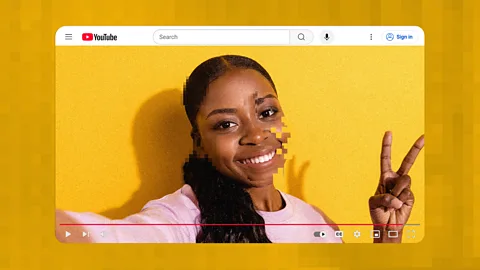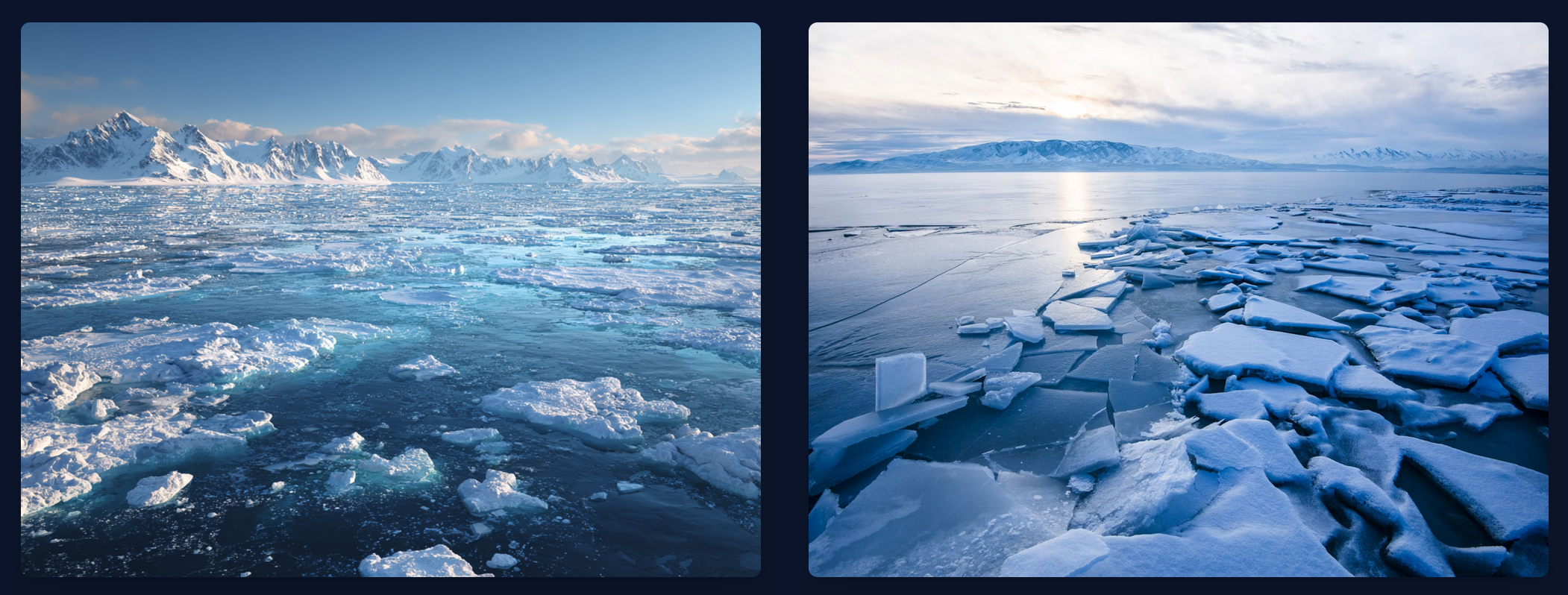“Tobac showed 404 Media a few horrifying videos to illustrate her point. In one, a child pleads with their parents for bail money. In another, a woman tells the local news she’s going home after trying to vote because her polling place was shut down. In a third, Sam Altman tells a room that he can no longer keep Open AI afloat because the copyright cases have become too much to handle. All of the videos looked real. None of them have a watermark. “All of these examples have one thing in common,” Tobac said. “They’re attempting to generate AI content for use off Sora 2’s platform on other social media to create mass or targeted confusion, harm, scams, dangerous action, or fear for everyday folk who don’t understand how believable AI can look now in 2025.””
Étiquette : image processing (Page 1 of 4)
“Select which photo is AI-generated by clicking on it or using the Left arrow and Right arrow arrow keys”
Source : Reality Check – AI Photo Detection Game (from : reddit)

“YouTube did not respond to the BBC’s questions about whether users will be given a choice about AI tweaking their videos.It’s certainly true that modern smartphones come with built-in AI features that can enhance image and video quality. But that’s an entirely different affair, according to Samuel Woolley, the Dietrich chair of disinformation studies at the University of Pittsburgh in the US. « You can make decisions about what you want your phone to do, and whether to turn on certain features. What we have here is a company manipulating content from leading users that is then being distributed to a public audience without the consent of the people who produce the videos. »”
Source : YouTube secretly used AI to edit people’s videos. The results could bend reality

“With new dialogue delivered by the original Swedish cast, Flawless technology has seamlessly transformed the film—perfectly aligning every lip movement with the new English-language performance.The result is a groundbreaking cinematic experience so natural, it feels like it was filmed in English from the very start and brings this incredible movie to a whole new audience.”
Source : Watch The Skies – Flawless
“In this example, Amazon Ads used Amazon Nova Reel to create a video advertisement for a fictional boxed pasta brand. In the whimsical “Pasta City,” buildings are sculpted from towering tubes of cannelloni noodles, the neighborhood is sprinkled with Italian spice landscaping, and the streets are lined with savory marinara sauce, fusilli noodles, and tender meatballs. The ad is an example of how advertisers can bring their products to life and create high-quality content using Amazon Nova models.”
Source : Amazon Nova: Meet our new foundation models in Amazon Bedrock
“When the first instant photo was taken 75 years ago with a Polaroid camera, it was groundbreaking to rapidly capture the 3D world in a realistic 2D image. Today, AI researchers are working on the opposite: turning a collection of still images into a digital 3D scene in a matter of seconds. Known as inverse rendering, the process uses AI to approximate how light behaves in the real world, enabling researchers to reconstruct a 3D scene from a handful of 2D images taken at different angles. The NVIDIA Research team has developed an approach that accomplishes this task almost instantly — making it one of the first models of its kind to combine ultra-fast neural network training and rapid rendering.”
Source : NeRF Research Turns 2D Photos Into 3D Scenes | NVIDIA Blog
“Which Face Is Real has been developed by Jevin West and Carl Bergstrom at the University of Washington as part of the Calling Bullshit project. All images are either computer-generated from thispersondoesnotexist.com using the StyleGAN software, or real photographs from the FFHQ dataset of Creative Commons and public domain images. License rights notwithstanding, we will gladly respect any requests to remove specific images; please send the URL of the results pages showing the image in question.”
Source : Which Face Is Real?
“Harness the power of AI to quickly turn simple brushstrokes into realistic landscape images for backgrounds, concept exploration, or creative inspiration. 🖌️ The NVIDIA Canvas app lets you create as quickly as you can imagine.”
via NVIDIA Studio
“We present an approach to enhancing the realism of synthetic images. The images are enhanced by a convolutional network that leverages intermediate representations produced by conventional rendering pipelines. The network is trained via a novel adversarial objective, which provides strong supervision at multiple perceptual levels. We analyze scene layout distributions in commonly used datasets and find that they differ in important ways. We hypothesize that this is one of the causes of strong artifacts that can be observed in the results of many prior methods. To address this we propose a new strategy for sampling image patches during training. We also introduce multiple architectural improvements in the deep network modules used for photorealism enhancement. We confirm the benefits of our contributions in controlled experiments and report substantial gains in stability and realism in comparison to recent image-to-image translation methods and a variety of other baselines.”
Stephan R. Richter, Hassan Abu AlHaija, and Vladlen Koltun
Paper, Code and data, Project page
“We find that, just as a large transformer model trained on language can generate coherent text, the same exact model trained on pixel sequences can generate coherent image completions and samples. By establishing a correlation between sample quality and image classification accuracy, we show that our best generative model also contains features competitive with top convolutional nets in the unsupervised setting.”
Source : Image GPT




